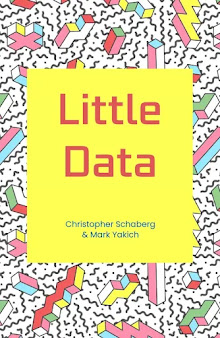
Dominique Browning has a fascinating piece in the New York Times today called "Learning to Love Airport Lit." The article is a persuasive (and also humorous) take on the most effective kinds of airport reading. In Browning's words, the ideal airport reading involves "plain, old-fashioned, unrelenting, compelling storytelling. You’ve got to reach for the best-seller shelves." Browning is really concerned with the utmost practical aspect of airport/airplane reading: what kind of texts are the best for killing time. Of course, there's also a variety of airplane reading about the time that kills: aircraft safety briefing cards tell us through frame-by-frame illustrations how we might survive plane crashes—including, in an embedded mise en abyme, the actual reading of the text itself (see image above).
I've been thinking about this issue incessantly over the past ten years, and my new book takes up this matter explicitly in the first chapter, which is called "What is Airport Reading?" (You can even read that chapter as the free preview sample Continuum is providing for a time.)
What's so curious to me about Browning's article is how the question of what to read in airports and on airplanes always relies on an implicit, savage indictment of the state of air travel as we have created it: it's readily and widely admitted to be "endlessly unpleasant" (in the words of Browning). Which is to say, we admit and even insist upon the awfulness of air travel, and then try to find ways to distract ourselves from its awful duration, expected drudgery, and always possible (if not probable) delays. In so doing, we impede our abilities to actually change the realities of air travel. With such a fixed determination on all the ways that air travel is wretched, it's hard to imagine it ever being any different.
My friend Mark Yakich and I have been taking a slightly different approach over at our website Airplane Reading. (There's something to be said, too, about the important differences and overlaps between airport reading and airplane reading—but I'll save that for another post.) Mark and I are collecting people's stories about air travel—stories from everyday travelers, airline & airport workers, and professional writers alike—with the aim to eventually publish a selection of these pieces in a book designed for airport bookstores. It will be a book that reflects directly and thoughtfully on the very act of flight itself. We wonder if by harnessing the storytelling urge within the experiences of air travel (as all the internal metaphors of Browning's article suggest), we might actually be able to change how people fly—hopefully for the better.













